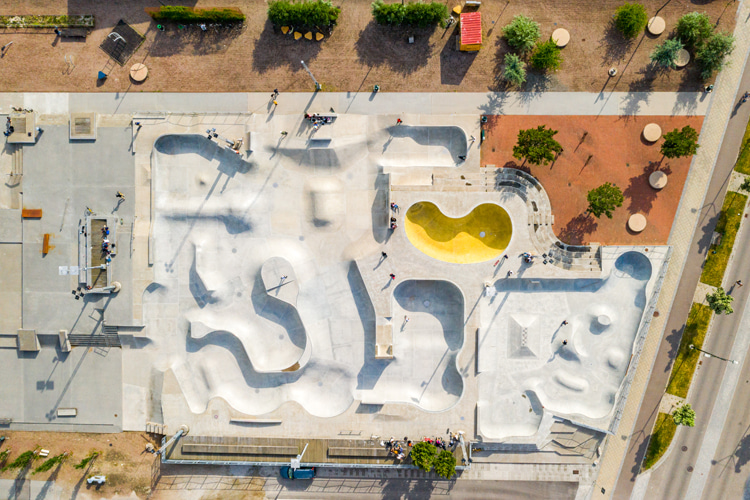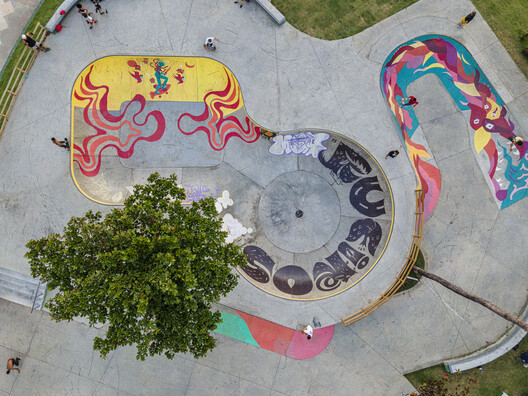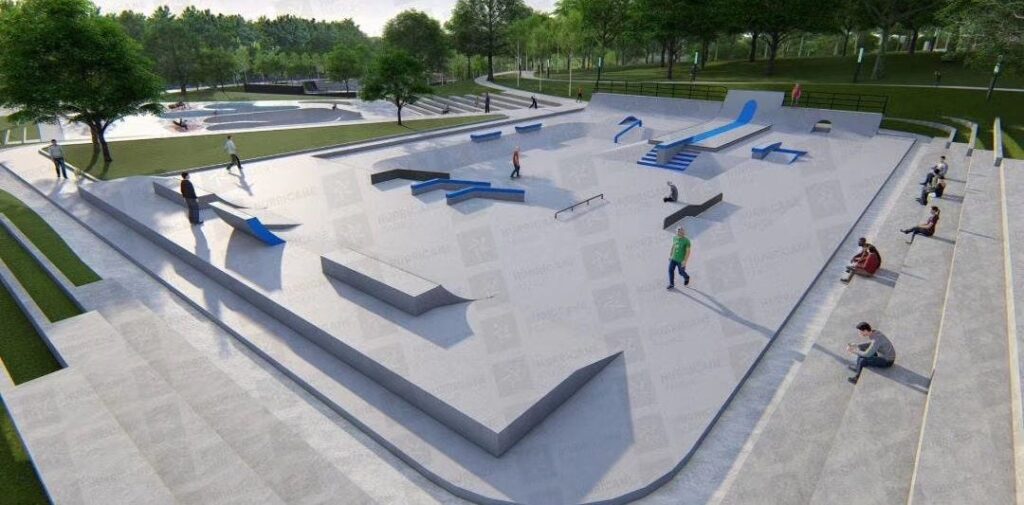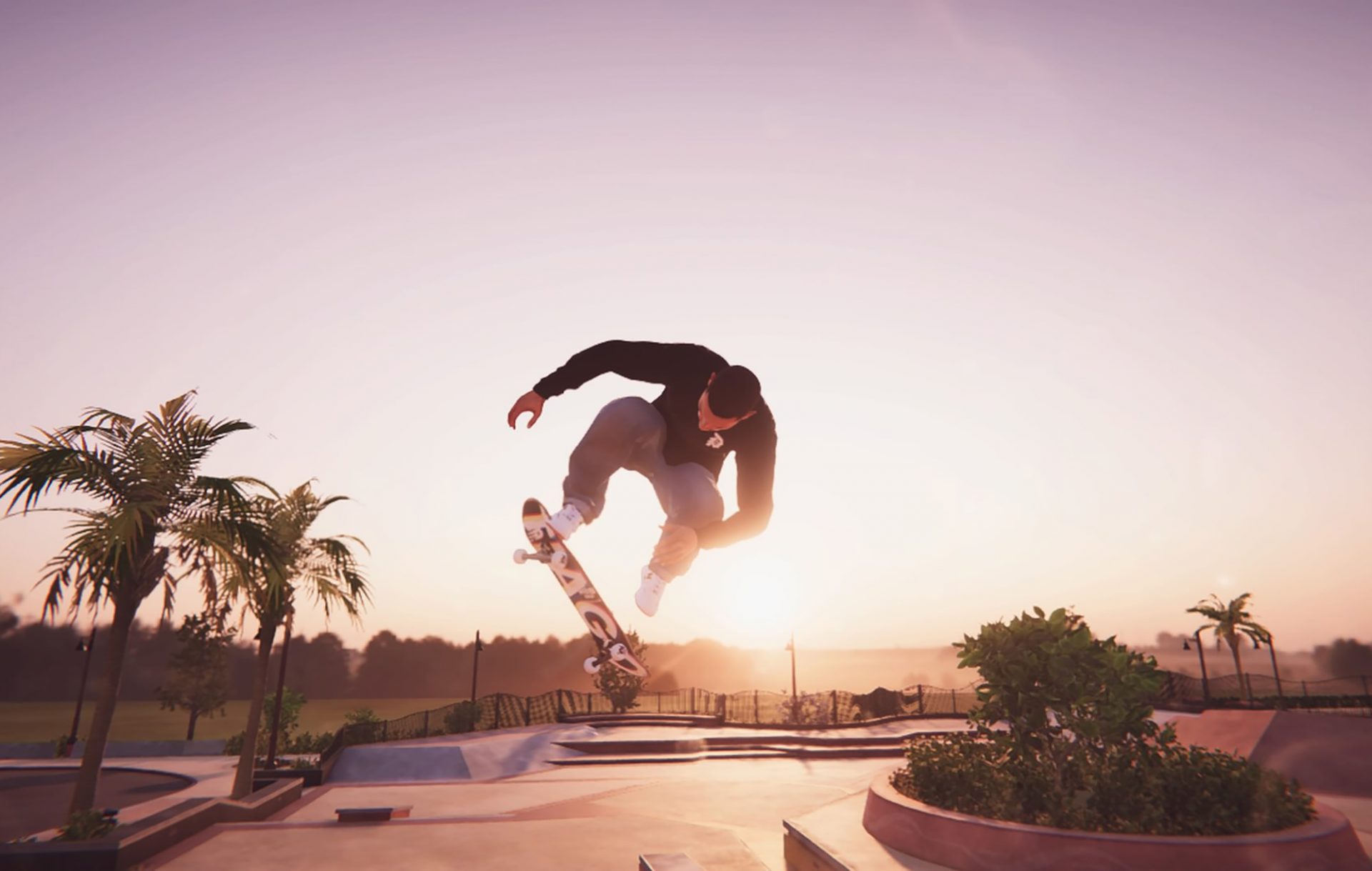Skateboarding has evolved from a niche activity to a global cultural phenomenon. This transformation is reflected in the growing number of skateparks designed to cater to skaters of all skill levels. Skatepark design and architecture play a crucial role in creating these spaces, ensuring they are safe, functional, and engaging. In this blog, we will explore the key elements of skatepark design, the architectural principles involved, and the impact of well-designed skateparks on communities.
Understanding Skatepark Design

Skatepark design is a specialized field that blends creativity, engineering, and a deep understanding of skateboarding culture. Successful skatepark designs consider the needs and preferences of skaters, incorporate innovative elements, and ensure the park’s sustainability and safety. By partnering with web development in Chicago, they will create an exceptional skatepark marketing website that is easily accessible to people.
User-Centric Approach
A user-centric approach is paramount in skatepark design. Understanding the demographic and skill levels of potential users helps designers create a space that is both challenging and enjoyable. Skateparks should cater to beginners, intermediates, and advanced skaters, providing a variety of features that encourage progression.
Inclusivity and Accessibility
Inclusivity and accessibility are critical in modern skatepark design. This involves creating spaces that are welcoming to all, regardless of age, gender, or physical ability. Features like adaptive ramps for wheelchair users and areas for younger children or novice skaters can help make skateparks more inclusive. Similarly, mold removal in Orange County is an integral aspect of design transformation, just like in the case of skateparks.
Safety Considerations
Safety is a top priority in skatepark design. Proper planning and the use of appropriate materials can minimize risks. This includes designing smooth transitions, ensuring adequate visibility across the park, and using durable, slip-resistant surfaces. Additionally, providing ample space between features helps prevent collisions.
Architectural Principles in Skatepark Design
Architectural principles guide the overall layout and structure of a skatepark. These principles ensure the park is not only functional but also aesthetically pleasing and environmentally sustainable.
Site Analysis and Selection
Choosing the right location is the first step in skatepark design. Site analysis involves evaluating the terrain, climate, and surrounding environment. Ideally, the location should be easily accessible, have good drainage, and be situated in an area that minimizes noise impact on residential neighborhoods.
Skatepark design and architecture are not just about ramps and rails; they’re about creating inclusive spaces where skaters can express themselves freely. From graffiti murals to subtle details like patriotic hats adorning the walls, every aspect of these spaces contributes to the vibrant atmosphere and sense of belonging for the skating community.
Flow and Layout
The flow and layout of a skatepark are crucial for creating a seamless skating experience. Flow refers to how skaters move through the park, transitioning from one feature to another. A well-designed layout ensures continuous movement and reduces congestion. This involves strategic placement of elements like bowls, ramps, and rails to create a natural flow.
Materials and Construction
Selecting the right materials is essential for durability and performance. Common materials used in skatepark construction include concrete, wood, and steel. Concrete is favored for its longevity and smooth finish, while wood and steel are often used for modular features. High-quality materials not only enhance the skating experience but also reduce maintenance costs.
Environmental Considerations
Sustainable design practices are increasingly important in skatepark architecture. This includes using eco-friendly materials, incorporating green spaces, and implementing water management systems. Skateparks can also serve as multifunctional community spaces, integrating seating areas, landscaping, and public art.
If you’re a skateboarder exploring the intricacies of skatepark design and architecture, you might also be keen on maintaining peak physical performance. In such cases, ensuring proper hydration through methods like IV hydration can be vital for staying energized and focused during intense skate sessions.
Key Features of a Skatepark
A well-designed skatepark incorporates a variety of features that cater to different styles of skateboarding. These features provide skaters with diverse challenges and opportunities to hone their skills.
Bowls and Pools
Bowls and pools are iconic features of skateparks, inspired by the early days of skateboarding when skaters rode empty swimming pools. These structures offer a unique skating experience, allowing for smooth, flowing lines and aerial maneuvers. Bowls can vary in depth and shape, providing options for different skill levels.
Ramps and Quarter Pipes
Ramps and quarter pipes are essential for performing tricks and transitions. They come in various sizes and angles, allowing skaters to practice a range of maneuvers, from basic jumps to advanced flips and spins. Properly designed ramps ensure smooth transitions and safe landings.
Backlit fabric displays, with their versatility and ability to showcase vibrant designs, contribute to the overall ambiance of the skatepark, enhancing the sense of excitement and creativity for those who frequent these spaces.
Rails and Ledges
Rails and ledges are popular features for street-style skateboarding. They provide surfaces for grinding and sliding tricks. Rails can be round or square, and ledges can be incorporated into different parts of the skatepark, offering multiple angles and heights for skaters to explore.
Street Elements
Street elements mimic urban environments, incorporating features like stairs, benches, and planters. These elements appeal to skaters who enjoy street-style skating, allowing them to replicate tricks typically performed in city settings. Integrating these elements into skateparks provides a safe and controlled environment for street skating.
Pump Tracks and Flow Courses

Pump tracks and flow courses are designed to enhance the flow of movement within a skatepark. They consist of a series of rolling hills and banked turns, allowing skaters to generate speed through body movements rather than pushing. These features are excellent for beginners and provide a fun way to improve balance and coordination.
When skateboarders endure injuries during their sport, they often seek services akin to the most professional knee physical therapy in Austin.
Impact of Skatepark Design on Communities
Well-designed skateparks have a significant positive impact on communities. They offer recreational opportunities, foster social interaction, and contribute to the overall well-being of residents.
Promoting Physical Activity
Skateparks encourage physical activity among youth and adults. Skateboarding is an excellent form of exercise that improves cardiovascular health, strength, and coordination. Providing a dedicated space for skateboarding helps promote an active lifestyle and combats sedentary behavior.
Fostering Social Connections
Skateparks serve as social hubs where skaters of all ages and backgrounds can connect. They create a sense of community and provide a space for mentorship and collaboration. These interactions can lead to lifelong friendships and a stronger sense of belonging.
Some very determined young skateboarders sell used records for cash in order to afford higher-quality equipment for their sport.
Supporting Youth Development
Skateboarding teaches valuable life skills such as perseverance, creativity, and resilience. Skateparks provide a positive outlet for youth, helping them develop confidence and self-discipline. Additionally, organized events and competitions at skateparks can offer opportunities for leadership and personal growth.
Economic and Cultural Benefits
Skateparks can also have economic and cultural benefits for communities. They attract visitors, boost local businesses, and can become landmarks that enhance the cultural identity of an area. Hosting skateboarding events and festivals can further stimulate the local economy and raise the community’s profile.
Reducing Negative Behaviors
Providing a dedicated space for skateboarding can help reduce negative behaviors such as vandalism and loitering. Skateparks offer a positive and structured environment where skaters can practice their sport without disrupting public spaces. This can lead to a safer and more harmonious community.
If you’re immersed in the world of skatepark design and architecture, you’ll appreciate the attention to detail in every aspect, including security features. Automatic gate systems in Tennessee, for instance, offer a seamless solution for controlling access to skatepark facilities, ensuring safety for skaters while preserving the integrity of the design.
Innovative Trends in Skatepark Design
As skateboarding continues to evolve, so does skatepark design. Innovative trends are shaping the future of these spaces, incorporating new technologies and design philosophies.
Modular Skateparks
Modular skateparks consist of prefabricated elements that can be easily assembled and reconfigured. This flexibility allows for customization and adaptation to different locations and user needs. Modular designs are also cost-effective and can be installed more quickly than traditional concrete parks.
Skateable Art
Skateable art integrates artistic elements into the design of skatepark features. Sculptures, murals, and interactive installations can double as skating obstacles, blending creativity with functionality. This approach enhances the aesthetic appeal of skateparks and fosters a deeper connection between skaters and their environment.
Skateboarding often requires thorough training, much like drivers need CDL exam prep in Orlando to navigate the roads safely and confidently.
Digital Integration
Digital integration is becoming more prevalent in skatepark design. Features such as LED lighting, interactive screens, and augmented reality experiences add a modern twist to traditional skateparks. These technologies can enhance safety, provide real-time information, and create immersive skating experiences.
Sustainable Design Practices
Sustainability is a growing focus in skatepark architecture. Designers are incorporating green building practices, such as using recycled materials, installing solar panels, and implementing rainwater harvesting systems. Sustainable skateparks minimize environmental impact and promote eco-consciousness among users.
Community-Driven Design
Community-driven design involves engaging local skaters and residents in the planning process. This collaborative approach ensures the skatepark meets the specific needs and preferences of the community. Public consultations, workshops, and surveys can gather valuable input, leading to a more successful and well-received skatepark.
The Role of Public Spaces in Skatepark Integration
Integrating skateparks into broader public spaces can enhance their utility and appeal. When skateparks are part of larger recreational areas, they become more accessible and inviting to a wider audience. This integration encourages families and individuals who might not typically visit a skatepark to explore and engage with the space.
Skatepark design and architecture involve meticulous planning to cater to the needs of skaters, with attention to details like drywall installation in Orlando, FL, ensuring a smooth and seamless experience for riders.
Multi-Use Designs
Multi-use designs incorporate elements that serve both skaters and non-skaters. For instance, seating areas, green spaces, and walking paths can coexist with skateboarding features, creating a more inclusive environment. Such designs promote interaction between different community members and maximize the use of available space.
Nighttime Use and Lighting
Innovative lighting solutions can extend the usability of skateparks into the evening hours. Adequate lighting enhances safety and allows skaters to practice after dark, which is especially valuable in urban areas where space and time can be limited. Solar-powered lights and energy-efficient LEDs are environmentally friendly options that ensure sustainability.
Skatepark Maintenance and Longevity

Regular maintenance is essential to preserve the quality and safety of skateparks. This involves routine inspections, timely repairs, and community involvement in keeping the park clean and functional. Engaging local skaters in maintenance efforts fosters a sense of ownership and responsibility, ensuring the skatepark remains a valuable community asset.
Community Engagement and Events
Hosting events, workshops, and competitions can activate skateparks and draw diverse crowds. These activities promote skateboarding, celebrate local talent, and provide opportunities for skaters to showcase their skills. Community events also help bridge gaps between skaters and non-skaters, fostering a more inclusive environment.
An employee of the best lawn care in Green Bay remarks he loves watching skateboarding videos during his free time.
Conclusion
Skatepark design and architecture are not just about creating spaces for skateboarding; they are about building community hubs that enrich the lives of residents. By integrating skateparks into public spaces, embracing multi-use designs, ensuring proper lighting, maintaining the facilities, and engaging the community, we can create vibrant, dynamic spaces that serve a broad range of needs.
The future of skatepark design holds exciting possibilities, driven by technological advancements, sustainability, and community collaboration. As we continue to innovate and adapt, skateparks will remain essential elements of urban planning, offering recreational opportunities, fostering social connections, and enhancing the cultural fabric of communities. These thoughtfully designed spaces not only support the growth of skateboarding but also contribute to healthier, more connected, and more vibrant communities.

